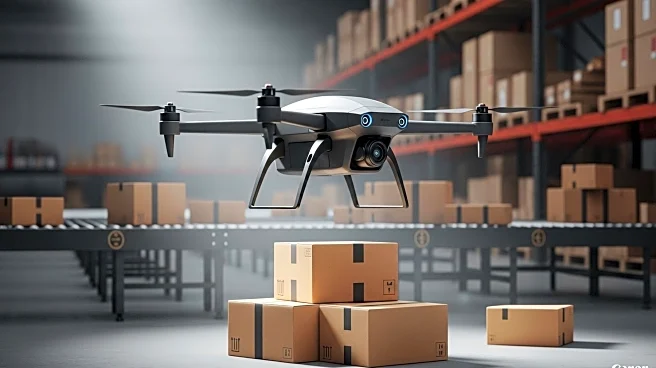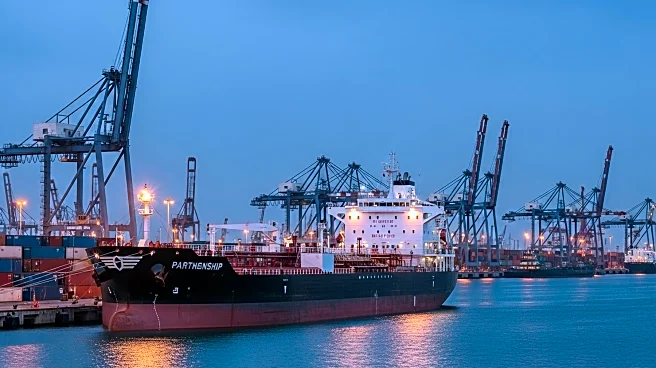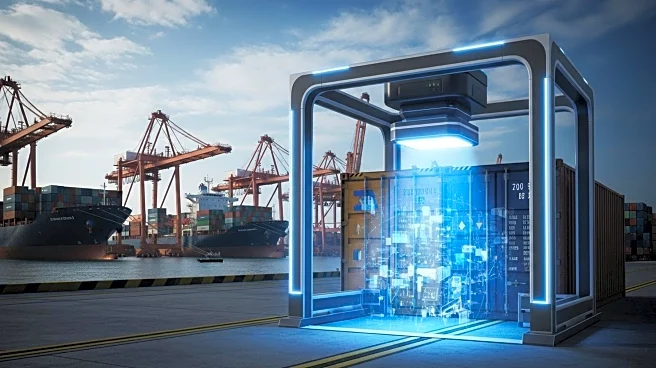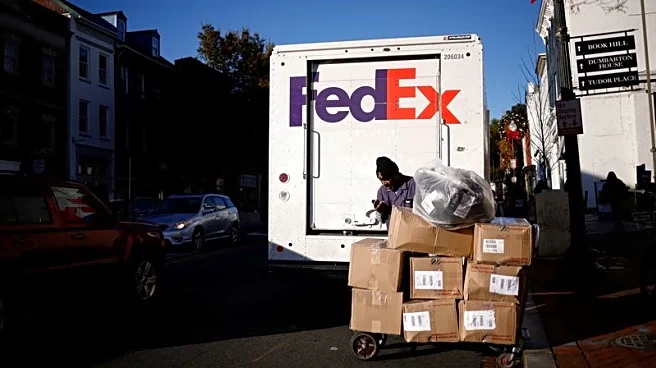What's Happening?
In 2025, businesses are increasingly moving away from managing multiple third-party logistics (3PL) providers and are instead opting for a single, end-to-end logistics partner. This shift aims to address challenges such as inventory fragmentation and varied pricing structures that arise from using multiple 3PLs. Historically, companies have relied on specialized 3PLs to manage different segments of their supply chains, which, while beneficial, often results in dispersed data and increased administrative work. The trend towards a single provider is transforming the 3PL-client relationship from a transactional to a strategic partnership, enhancing collaboration and mutual growth. This change allows 3PLs to gain a deeper understanding of a brand's operations, leading to improved communication and problem-solving.
Why It's Important?
The move towards a single 3PL provider is significant as it represents a shift in how companies manage their logistics operations, potentially leading to more efficient supply chains. By consolidating their logistics networks, companies can achieve better data integration, which provides visibility and actionable insights into their operations. This strategic shift can also enhance flexibility, allowing businesses to adapt to external factors such as demand spikes or changes in consumer preferences. The trend underscores the evolving role of 3PLs from mere service providers to strategic partners, which could lead to cost reductions, improved service levels, and risk mitigation for companies.
What's Next?
As companies continue to evaluate their current 3PL models, they are likely to focus on identifying and addressing challenges that have the highest impact on their operations. Investing in integrated technology will be crucial for brands to centralize data and gain insights into their logistics operations. Additionally, forming long-term partnerships with solution-based 3PLs will enable brands to implement modern logistics strategies, such as omnichannel inventory management and strategic inventory placement. This evolution in logistics management is expected to continue as companies seek to streamline their operations and enhance their competitive advantage.
Beyond the Headlines
The shift towards single 3PL providers may also have broader implications for the logistics industry, potentially leading to a consolidation of service providers. As companies seek more comprehensive solutions, 3PLs that can offer end-to-end logistics strategies may gain a competitive edge. This could result in increased competition among 3PLs to expand their service offerings and capabilities. Additionally, the emphasis on strategic partnerships may drive innovation in logistics technology and processes, further transforming the industry landscape.











